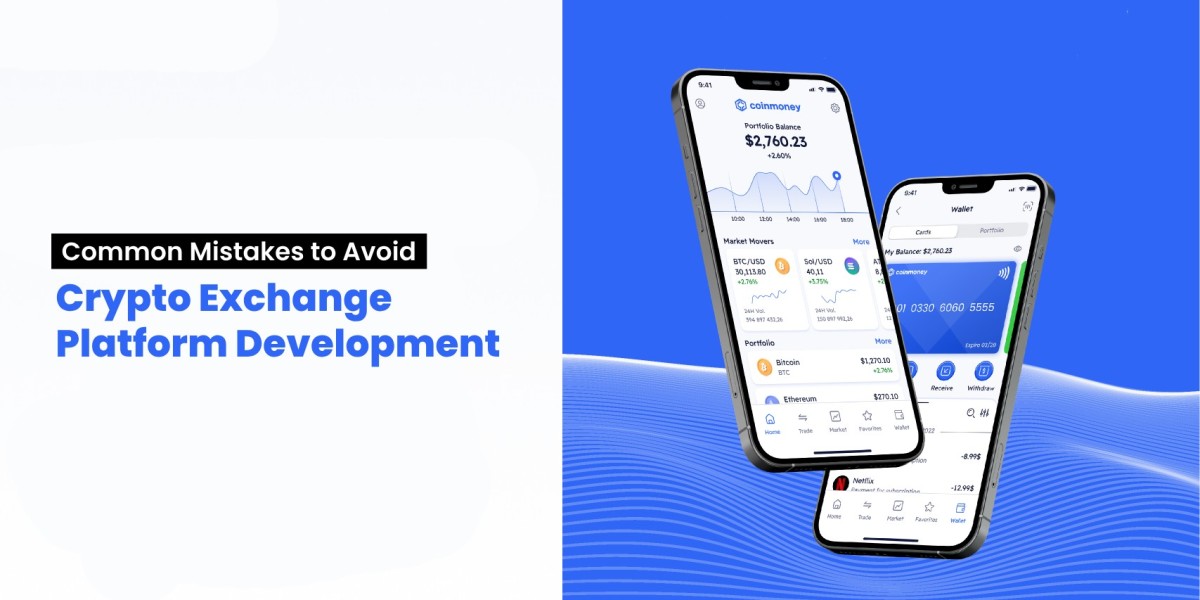As the cryptocurrency market continues to expand, the demand for robust and reliable crypto exchange platforms has never been higher. Entrepreneurs and businesses looking to enter this space often consider developing white-label crypto exchange software to save time and resources. However, even with a white-label solution, several common mistakes can hinder the success of the platform. In this blog, we will explore these pitfalls and guide how to avoid them.
1. Neglecting Security Measures
Security is paramount in the crypto exchange industry. One of the biggest mistakes developers make is underestimating the importance of implementing robust security measures. This includes:
- Two-Factor Authentication (2FA): Ensuring that users can enable 2FA to add an extra layer of security.
- Encryption: Confidential information must be encrypted to prevent unauthorized access.
- Regular Security Audits: Conducting frequent security audits to identify and fix vulnerabilities.
Avoidance Tip:
Emphasize security from the beginning. Implement advanced security features and regularly update to the latest security protocols.
2. Poor User Experience (UX) Design
An intuitive and user-friendly interface is essential for drawing in and keeping users engaged. A common mistake is overlooking the importance of intuitive UX design. Complex navigation, slow loading times, and a cluttered interface can drive users away.
Avoidance Tip:
Concentrate on developing a smooth and intuitive user experience. Perform user testing and collect feedback regularly to enhance the platform's usability.
3. Inadequate Liquidity Management
Liquidity is a critical aspect of any crypto exchange. Low liquidity can lead to high volatility and slippage, deterring traders from using your platform.
Avoidance Tip:
Partner with liquidity providers to ensure your platform has adequate liquidity. Implement algorithms to manage and optimize liquidity effectively.
4. Non-Compliance with Regulations
Cryptocurrency regulations differ across regions and are continuously changing. Non-compliance with local laws can lead to legal complications and fines.
Avoidance Tip:
Stay informed about the regulatory requirements in the regions you operate. Consider consulting with legal experts to ensure compliance and obtain necessary licenses.
5. Ignoring Customer Support
Inadequate customer support can lead to user dissatisfaction and loss of trust. Many crypto exchange platforms fail to provide timely and effective support to their users.
Avoidance Tip:
Set up a robust customer support system that includes multiple channels such as live chat, email, and phone support. Train your support team to handle common issues and queries efficiently.
6. Lack of Scalability
As your user base grows, your platform must be able to handle increased traffic and trading volume. A common mistake is not designing the platform with scalability in mind.
Avoidance Tip:
Develop your platform using scalable technologies. Perform regular load testing to ensure the platform can handle peak trading periods without performance degradation.
7. Underestimating Marketing and Branding
Even the best crypto exchange platform needs effective marketing and branding to attract users. Relying solely on word-of-mouth or organic growth can limit your platform’s reach.
Avoidance Tip:
Invest in a complete marketing plan that includes paid advertising, content marketing, social media marketing, and SEO. Create a compelling brand identity that appeals to your intended market.
Conclusion
Developing a white-label crypto exchange platform can be a rewarding venture, but it requires careful planning and execution. By avoiding these common mistakes, you can create a secure, user-friendly, and compliant platform that stands out in the competitive crypto market. Remember, success in the crypto exchange industry hinges on a combination of robust technology, regulatory compliance, and effective user engagement.
Stay ahead of the curve by continuously innovating and adapting to the ever-changing landscape of cryptocurrency trading.








